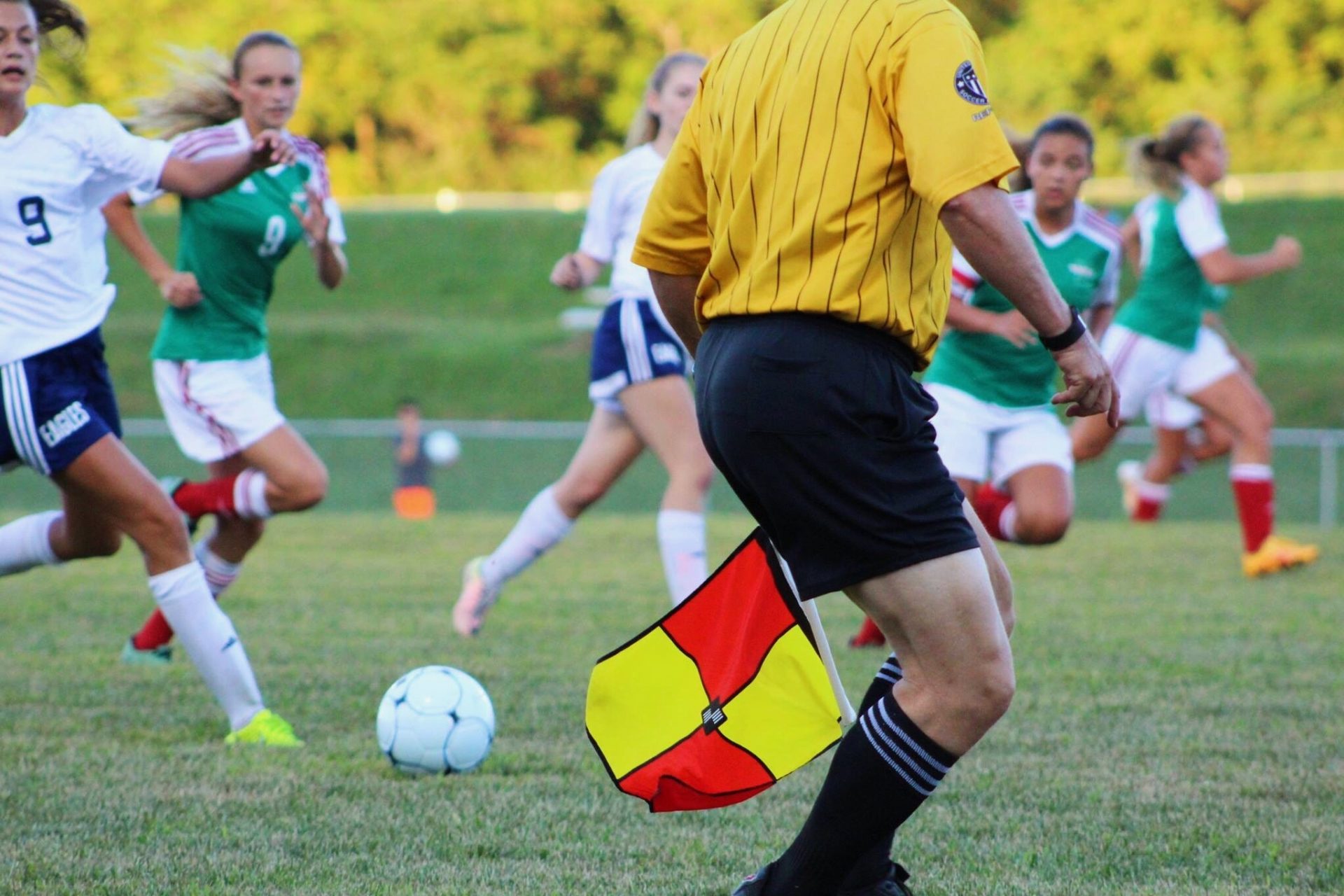This month at LifeCare Applecross, we’re excited to welcome Tallara Clack to the team.
Tallara graduated from Curtin University with a BSc in physiotherapy.
She enjoys treating a wide range of musculoskeletal conditions, with special interest in treating neck and back pain. Tallara also has experience working with sporting teams, previously being involved with Melville City Football club and has a keen interest in gymnastics and netball.
Tallara utilises an evidenced-based approach with the goal of empowering patients and getting them back to their best. She uses a combination of manual therapy techniques including manipulation, dry needling and massage along with exercise based rehabilitation and Pilates.
Tallara enjoys helping sportspeople achieve their best and so she’s giving out her top three tips for all those who are getting into their winter sports this time of year.
Winter is just around the corner… and with that comes the start of winter sports, whether that be soccer, netball, rugby or football. After a long period of time off, athletes are particularly susceptible to injury in this stage. So what can you do to reduce this risk? My top 3 tips on preventing injuries this winter season include: warming up, load management and listening to your body. After all, prevention is ALWAYS better than the cure.
Warm up
The warm up prepares the body for exercise, which is especially important in colder temperatures. Most people do some form of a warm up. But what constitutes an effective warm up? A warm up should involve cardiovascular, strengthening, balance and plyometric exercise, along with dynamic stretches and high intensity sports-specific drills.
There has been much controversy recently surrounding stretching. Evidence suggests that for some sports static stretching immediately prior to performing can in fact be detrimental to performance, reducing muscle power, speed, reaction time and endurance. Dynamic stretching prior to play on the other hand has shown to have a positive effect on injury prevention.
To guide you through the nuances, there are many fantastic resources available for injury prevention:
- Netball: knee.netball.com.au
- Soccer: FIFA 11+ program
- Football: Footy First
- Rugby: Rugby Safe
Load management
Managing your sporting load is critical in preventing injury. A periodised training program is a great way to ensure that your training load is managed appropriately. Balance between load and recovery is key. For example, tendons love load. It stimulates cell activity within the tendons which makes them stronger. However when tendons are loaded too much, too fast they can undergo stress and strain. Balance between these two processes is essential. This can be maintained by allowing the tendons to recover, giving them time to adapt. This usually takes about 48 hours as tendon cell activity is relatively slow.
Listen to your body
Finding balance isn’t always easy. Listening to your body can be a good point of reference. When there is an imbalance within the tissues, they reach a critical point where you may start to experience pain or decrease in performance. This is a good time to back off and give the tissues a chance to recover.
If you need assistance implementing strategies to prevent injury this winter season please don’t hesitate to give us a call on (08) 9364 4073 or book online.

